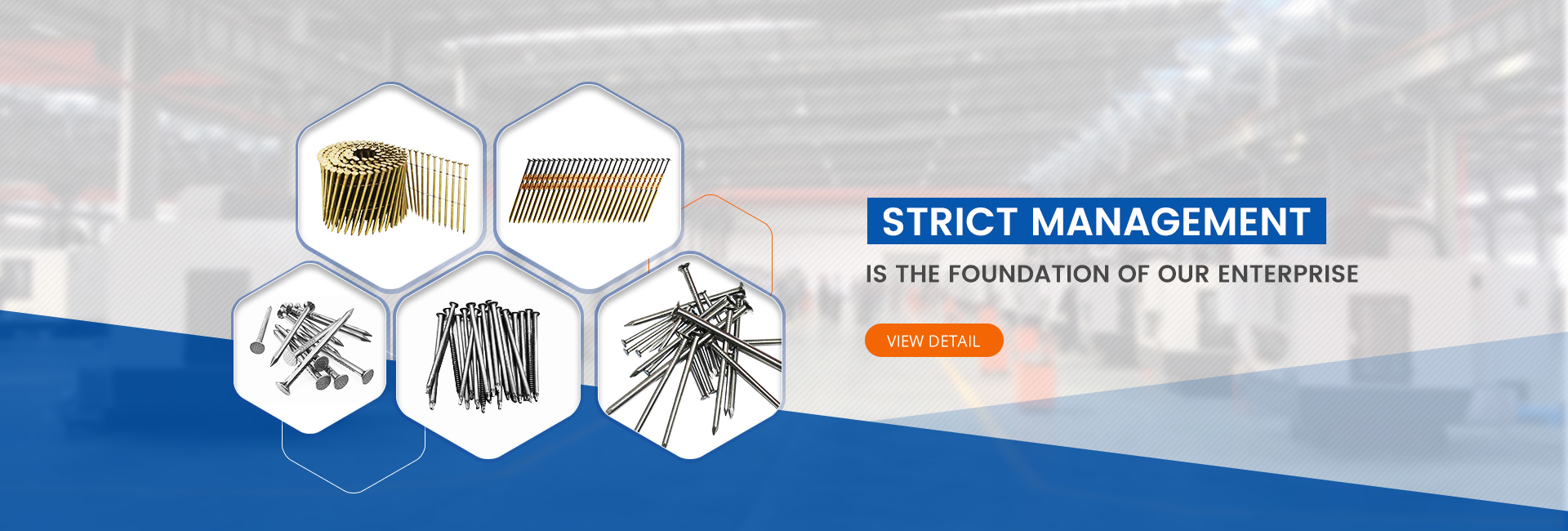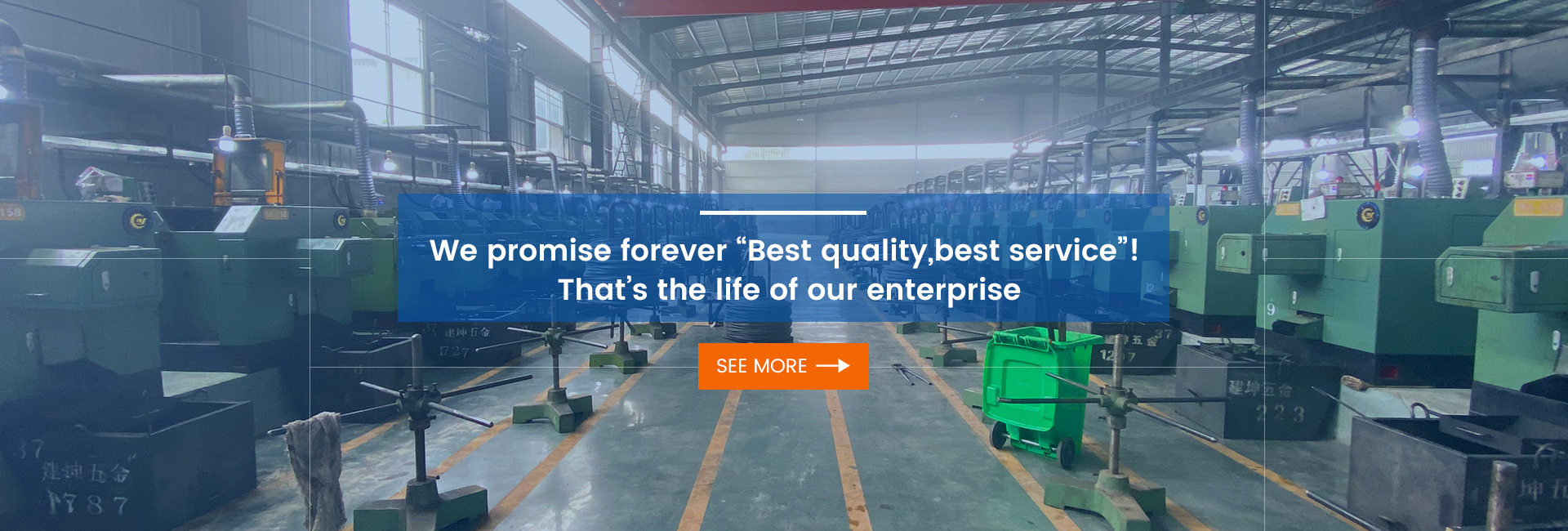In recent years, the global demand for coil nails has grown steadily, driven by expansion in construction, pallet manufacturing, packaging, and furniture sectors. The coil nail industry is expected to maintain a compound annual growth rate (CAGR) of 5–7% over the next five years. The Asia-Pacific region leads the growth, supported by fast infrastructure development in China, India, Vietnam, and Indonesia.
The broader construction nails market reached approximately USD 10.7 billion in 2023 and is projected to expand to USD 14.7 billion by 2030. Among all nail categories, stainless steel nails are gaining popularity for their corrosion resistance and long-term performance, especially in humid or coastal environments.
Technological Advancements and Sustainability
Environmental concerns and regulatory changes are pushing manufacturers to adopt cleaner, more efficient production technologies. High-performance coatings such as hot-dip galvanization, Dacromet, and polymer finishes have become industry standards for enhancing corrosion resistance and extending service life.
Automation has taken center stage in coil nail production. Factories worldwide are now equipped with high-speed automated lines, robotic material handling systems, and real-time laser inspection technologies. These upgrades not only boost production capacity but also significantly reduce defect rates and operational costs.
Sustainability is another key focus. Many producers are investing in energy-efficient machinery, eco-friendly plating chemicals, and recyclable packaging. The shift toward cleaner production helps manufacturers comply with environmental regulations and appeal to eco-conscious clients.
Product Advantages and Application Expansion
Coil nails are known for their high efficiency and compatibility with pneumatic and electric coil nail guns. Their spiral-collated design enables fast feeding, minimal reloading, and seamless operation — making them ideal for large-scale projects and automated nailing systems.
These nails come in various shank types, such as smooth, ring, and screw shank, offering excellent holding power in wood-based applications. Coil nails are widely used in:
Pallet and crate manufacturing
Roofing and siding installation
Fencing and decking
Flooring and framing
Modular and wooden housing construction
Furniture and cabinetry production
Meanwhile, the global market for coil nail guns is also expanding. In 2024, it was valued at around USD 1.5 billion and is expected to surpass USD 2.1 billion by 2033. Cordless electric models are gaining traction for their portability, lower noise levels, and environmental benefits.
Industry Challenges and Constraints
Despite its positive growth trajectory, the coil nail industry faces several challenges. Volatile raw material prices, especially steel, continue to impact production costs and pricing strategies. Manufacturers often experience margin pressures due to sudden fluctuations in commodity markets.
The presence of alternative fastening solutions, such as screws, adhesives, and structural connectors, adds competitive pressure. In certain applications, these substitutes may offer superior performance, prompting users to shift away from nails.
Additionally, international trade regulations — including anti-dumping tariffs and import restrictions — can disrupt supply chains and limit market access. Manufacturers and exporters must carefully navigate these legal and logistical complexities.
Fierce competition, especially from low-cost producers in Asia, has driven global players to focus on differentiation through quality, service, and innovation.
Future Outlook and Opportunities
Looking forward, the coil nails market is expected to continue its upward trend, with Asia-Pacific remaining the fastest-growing region due to strong urbanization and industrialization. North American and European markets, while more mature, are emphasizing product standardization, sustainability, and automation to maintain competitiveness.
Digital transformation in manufacturing is accelerating. Industry 4.0 technologies — including predictive maintenance, real-time data analytics, and smart inventory systems — are becoming integral to modern nail production facilities.
A promising frontier lies in the development of smart fasteners. While still in early stages, the concept of embedding sensors into coil nails for structural health monitoring could open new possibilities in intelligent construction and maintenance.
Sustainability will remain a top priority. As governments and buyers push for greener products, manufacturers that invest in clean technologies and environmentally compliant materials will gain a competitive edge.
Final Thoughts
The coil nail industry is evolving quietly but significantly. As the global demand for durable and efficient fasteners continues to rise, coil nails stand out for their productivity, versatility, and compatibility with modern tools and systems.
Manufacturers that embrace automation, focus on quality, and respond to environmental trends are well-positioned to thrive in the coming years. Whether you are a supplier, distributor, or end-user, staying informed about these industry dynamics is key to making strategic decisions in a fast-changing global market.
Post time: Aug-08-2025



